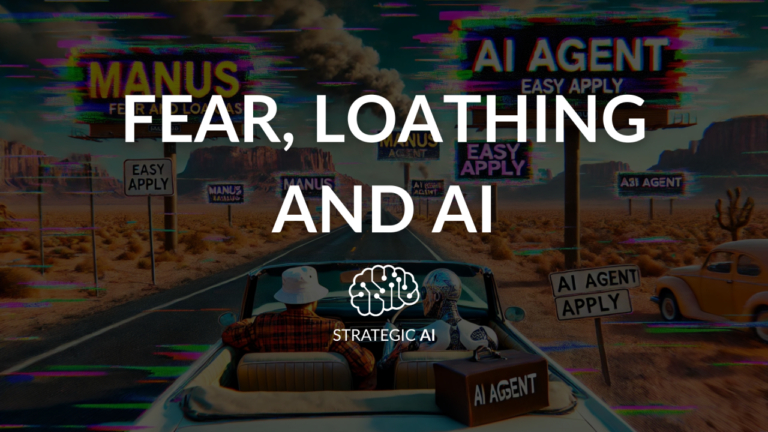I spent most of the weekend in an Uber, shuttling my son between squash tournament venues, and had a glimpse of how the future of work may unfold. As my Uber pulled up to the venue, the driver was pinged by the Uber algorithm with a new, conveniently nearby job. Most drivers I spoke to explained that this is how their day usually goes: they get into their cars, signal their availability and accept job after job, all without human involvement. This got me thinking a rather unsettling thought – might this be how many people will work in the future?
Take accountancy, for instance. In the near future, AI could easily prepare my personal tax return, with an accountant signing off purely for legal reasons, as the profession’s powerful lobby is likely to secure at least a fraction of this shrinking revenue. Accountants might be automatically assigned from a pool, merely verifying numbers. If this is the future awaiting many office workers, what should we guide our children towards to avoid them being ‘Uberised’?
As an AI expert, I’m often asked this question and find it difficult to answer. Many creative professionals have already seen the wage-deflating impact of AI on previously secure careers, such as photography and sales. Moreover, AI’s capabilities are already discouraging people from entering what were once highly stable professions. After all, why pursue training as an illustrator or even a radiologist if, within a year (or certainly within five, if your children are teenagers), these fields could be largely taken over by AI, with humans limited to ensuring the machines don’t make mistakes?
My usual response is to echo the well-worn advice of encouraging ‘soft skills’ like communication, leadership and creativity – the skills AI supposedly can’t master. Yet, I sense that while understanding what makes us distinctly human is essential, it’s not enough. Furthermore, schools often don’t teach these skills effectively, making this advice impractical. So, what can we do as parents?
First, we need to acknowledge that the traditional educational approach – training office workers to show up on time and follow instructions, hoping for a stable, upward career trajectory – is outdated.
Nor can we rely on the idea that AI will ‘upskill’ our children. AI-driven training currently focuses on increasing efficiency in teaching skills for roles that will soon be obsolete. If an AI can teach you how to do a job, it can certainly figure out how to do it better. Against this backdrop, here are the skills I believe we should encourage in our children:
- Common sense. This loosely defined skill set may be the greatest gift you can offer your child. Combined with enthusiasm, it’s highly valued by employers. Encourage them to learn by doing (and sometimes failing), and help them critically assess what they read online and offline. This foundation of practical wisdom will save them much trouble in life.
- Changeability. Prepare them to adapt comfortably to change. Make it clear that career paths are no longer linear, requiring them to keep learning, adapting and finding opportunities in crises.
- Connection skills. The effects of Covid and social media have made in-person interaction more challenging, especially for children. Encourage your kids to engage in real-life conversations, ask questions and listen actively. This will help them connect with others in an increasingly disconnected world.
Instead of focusing on specific careers, spend time understanding what comes naturally to your child. Are they creative? Do they excel in science? Are they good with their hands or great with people? Then, critically, help them gain practical experience in these areas early on, so they can explore their options. Combined with the skills above, this approach may not make their livelihood entirely AI-proof, but it will certainly make it AI-ready.
How to get an AI to do anything you want
Early AI models were notorious for reflecting the inherent biases of the data on which they were trained. Take, for example, this infamous output from one of the earliest versions of ChatGPT (2022):









